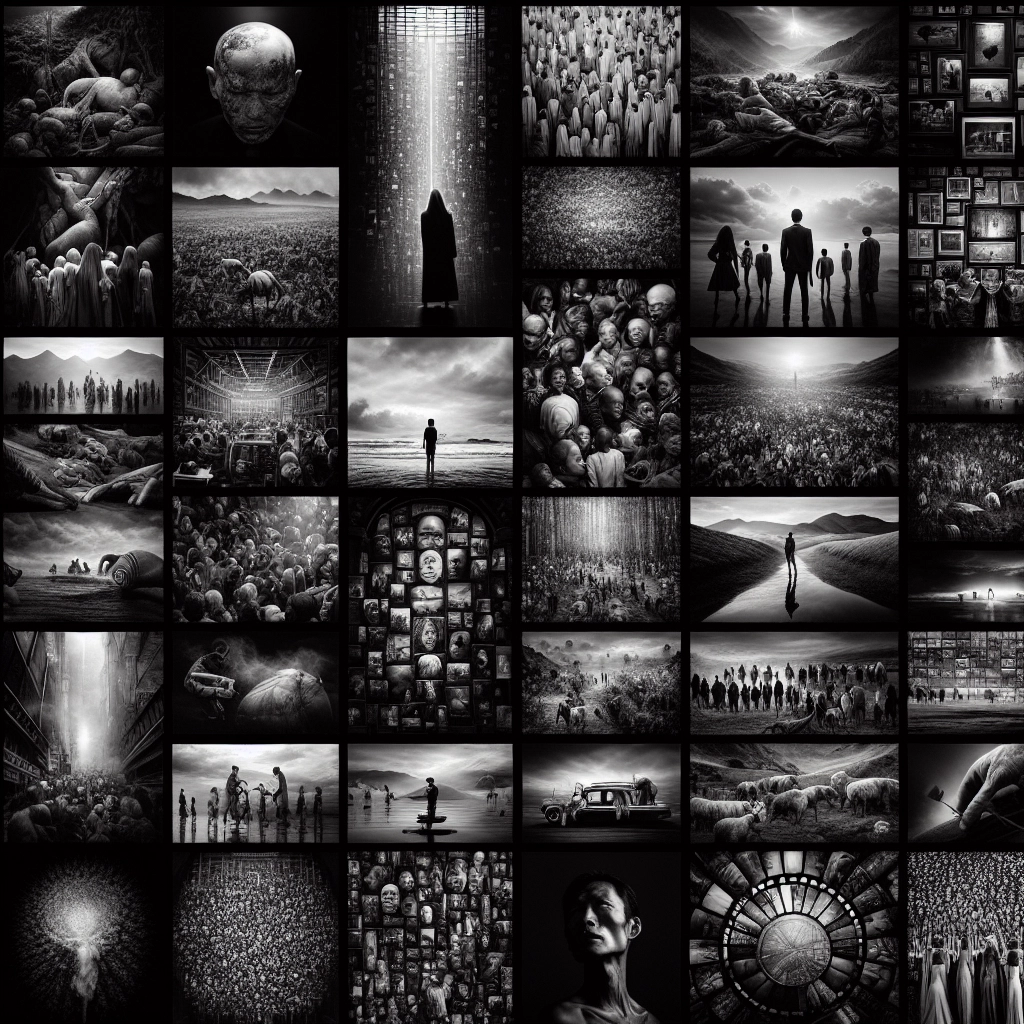The Art of Black and White Photography: Why It Still Matters in 2025
In an era saturated with hyper-real color and algorithmic filters, black and white photography remains a powerful way to strip images down to their essence. In 2025, monochrome isn’t nostalgia—it’s a deliberate creative choice that prioritizes emotion, form, and story over spectacle.
Timelessness in a Hyper-Visual Age
Removing color reduces distraction and amplifies what truly counts: light, contrast, and gesture. Without the pull of hues, viewers engage with shape, movement, and mood. This is why black and white continues to feel timeless—and why it cuts through noisy feeds with quiet authority.
- Light and shadow: Shape storytelling with contrast.
- Texture: Skin, stone, rain, and fabric gain presence.
- Gesture and expression: Faces and body language become central.
- Composition: Lines, patterns, and negative space lead the eye.
Modern Tech, Classic Results
Today’s sensors capture immense dynamic range, and AI-driven noise reduction preserves detail at high ISO—perfect for moody, low-light monochrome. Smartphones shoot RAW, mirrorless cameras offer monochrome previews, and software lets you mix color channels for nuanced conversions that emulate classic film stocks.
- Shoot RAW and enable a monochrome preview to “see” in black and white.
- Expose for highlights; protect bright detail for flexible edits.
- Convert using channel mixes (control reds for skin, blues for sky).
- Shape contrast with dodging/burning, not just global sliders.
- Add subtle grain for texture; keep sharpening natural.
- Print on matte or baryta paper to finalize tone and depth.
When to Choose Black and White
- Harsh midday light: Turn hard shadows into graphic drama.
- Cluttered color scenes: Simplify chaos and clarify the subject.
- Documentary and street: Emphasize humanity over spectacle.
- Portraits: Reveal character through tone and texture.
- Architecture: Highlight structure, rhythm, and symmetry.
Beyond the Feed: Printing and Presence
A black and white print has physical gravity—tones feel carved into paper. In a scroll-first culture, printing or sequencing a small zine restores intention to your work. The result isn’t retro; it’s focused. In 2025, black and white matters because it helps photographers and audiences slow down, look closer, and feel more.



